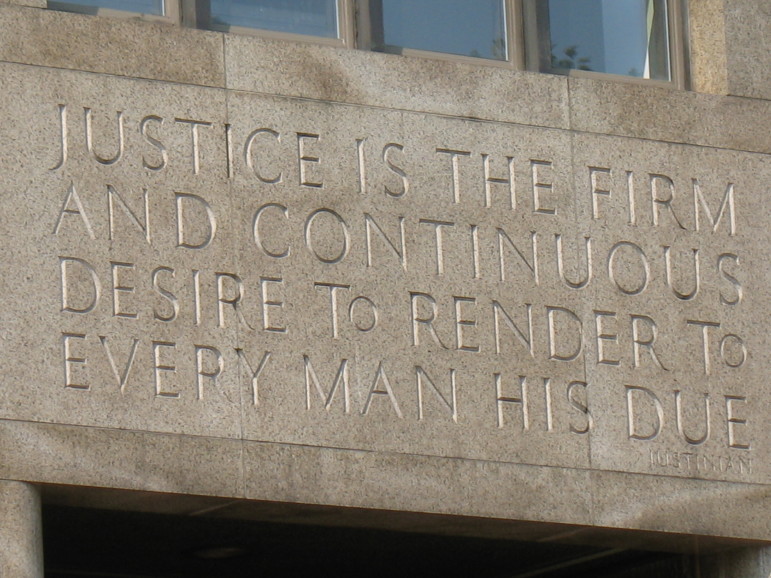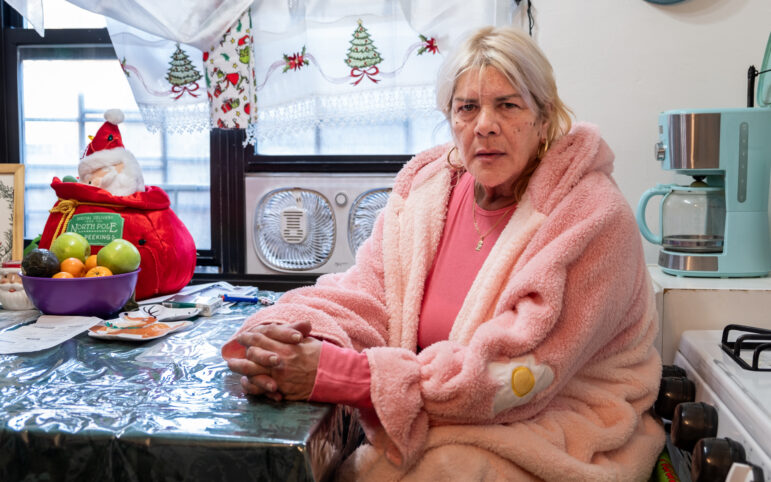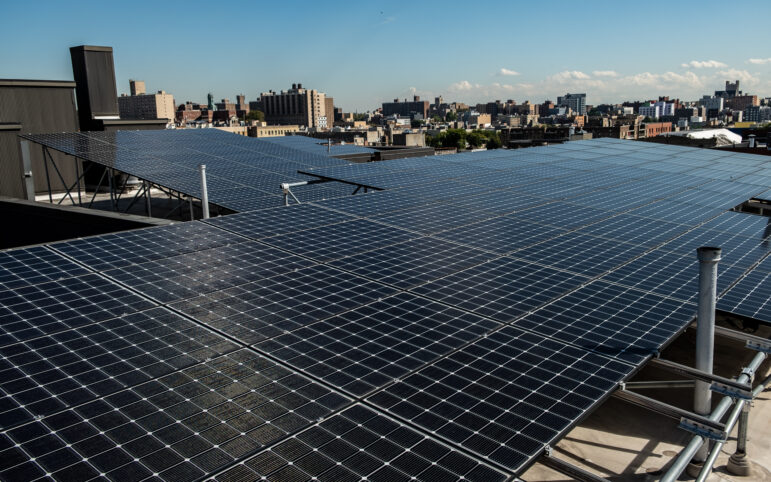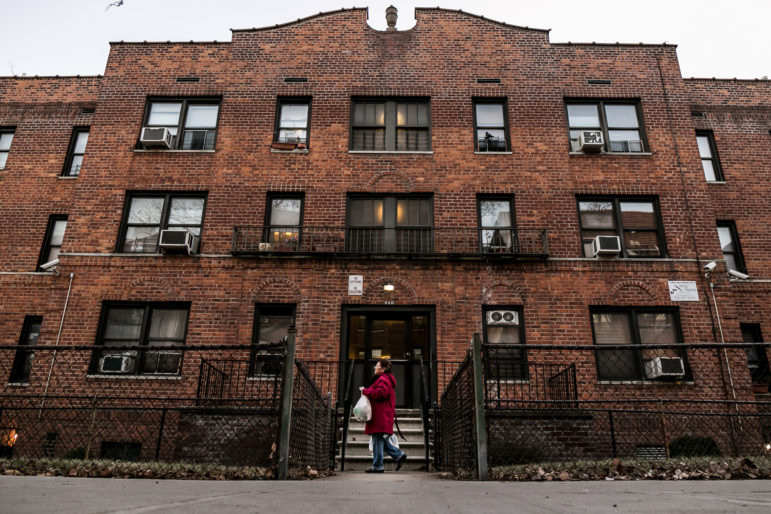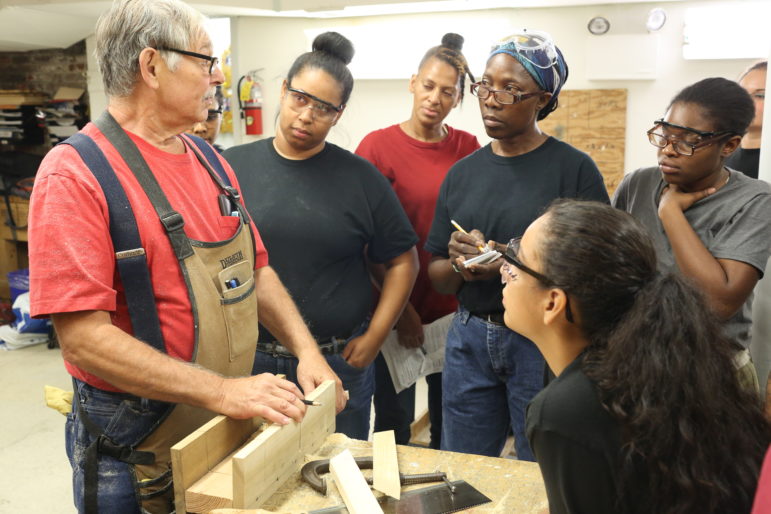
ALIGN
Pre-apprentice training funded through Build it Back at Nontraditional Employment for Women.
Build it Back was Mayor Michael Bloomberg’s program. Now it’s Mayor Bill de Blasio’s problem. The initiative for rebuilding homes damaged by superstorm Sandy has been plagued by delays and cost overruns, and while de Blasio’s team has made progress over the program’s last three years, City Hall has had to shift $500 million to cover mounting repair bills and recently admitted that it would miss its self-imposed deadline to complete all repairs by the end of 2016.
De Blasio, however, aimed to do more than just repair homes with Build it Back. Pushed by a coalition of grassroots groups and labor organizations that formed after the storm, he moved early in his mayoralty to leverage Build it Back to fight inequality and boost decent work.
In what’s believed to the be the first of its kind in a disaster recovery operation, de Blasio signed a Project Labor Agreement with trade unions covering the recovery effort, set a goal that 20 percent of people hired to work on Build it Back projects be residents of Sandy-affected communities and created slots for 100 New Yorkers to enter pre-apprenticeship programs linked to jobs in the rebuilding.
Now that coalition is reporting those efforts have been a success. Of the 997 people hired to work on Build it Back projects, 221 or 21 percent were from Sandy-affected communities. And 108 people recruited by Build it Back went through the entry-level programs.
“The Sandy Build it Back program, has made headlines due to slow and costly residential rebuilding,” reads this week’s report by ALIGN. “However, it has quietly and with very little fanfare embarked on a precedent setting local hiring program that has created good, career-track jobs for low-income Sandy impacted residents.”
The effort wasn’t perfect, the report acknowledges. Community organizations could have used more lead-time for recruiting, some trainees struggled because of a lack of basic education, and the program sometimes failed to do enough outreach to non-English speakers. While full demographic information on the program was not available, the Edward J. Malloy Initiative for Construction Skills says the 108 students from Sandy-affected areas it has served over the past three apprenticeship cycles were 10 percent women, 20 percent NYCHA residents and only 24 percent White.


